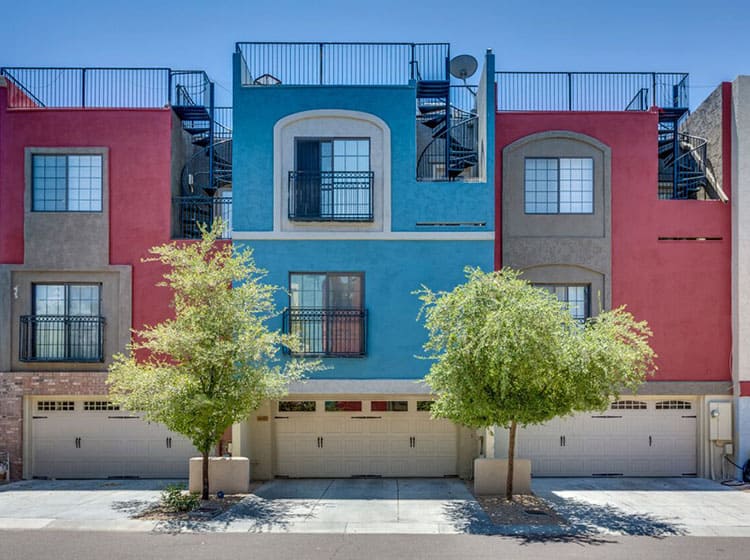Understanding Seasonal Influences On Commercial Outside Painting: Crucial Expertise For Success
Understanding Seasonal Influences On Commercial Outside Painting: Crucial Expertise For Success
Blog Article
Post Composed By- mouse click the up coming post
When you're planning a commercial outside paint task, seasonal variables can make or break your results. You'll wish to consider exactly how temperature level and moisture influence paint application and drying out times. Selecting the best period can ensure your paint sticks properly and lasts much longer. However which seasons are really the most effective for this type of job? Let's explore the key elements that can influence your job's success.
The Effect of Temperature on Paint Application
When you're intending a business exterior paint job, the temperature level can considerably impact just how well the paint adheres and dries out.
Ideally, you intend to repaint when temperature levels vary in between 50 ° F and 85 ° F. If it's also chilly, the paint might not heal appropriately, leading to concerns like peeling or breaking.
On the other hand, if it's also warm, the paint can dry as well promptly, avoiding appropriate attachment and resulting in an uneven finish.
You ought to likewise think about the time of day; morning or late afternoon offers cooler temperatures, which can be much more beneficial.
Always inspect the maker's suggestions for the details paint you're making use of, as they typically provide guidance on the optimal temperature range for optimum outcomes.
Humidity and Its Result on Drying Times
Temperature isn't the only ecological aspect that affects your commercial outside painting job; moisture plays a significant role as well. High moisture levels can reduce drying out times dramatically, impacting the total top quality of your paint task.
When the air is saturated with moisture, the paint takes longer to heal, which can bring about concerns like poor adhesion and a higher risk of mildew growth. If you're painting on an especially moist day, be gotten ready for prolonged wait times between layers.
It's crucial to keep an eye on neighborhood weather conditions and plan as necessary. Ideally, go for humidity degrees in between 40% and 70% for optimal drying out.
Maintaining these consider mind guarantees your job remains on track and supplies a lasting finish.
Best Seasons for Commercial Outside Paint Projects
What's the most effective season for your business exterior paint projects?
Springtime and early autumn are normally your best bets. During these periods, temperature levels are moderate, and moisture levels are frequently lower, developing excellent problems for paint application and drying.
Avoid summertime's intense heat, which can trigger paint to dry too quickly, bring about bad attachment and surface. Likewise, winter months's cold temperature levels can prevent correct drying out and healing, risking the long life of your paint task.
Aim for days with temperature levels in between 50 ° F and 85 ° F for optimal outcomes. Remember to inspect https://house-painters-near-me44321.blogofchange.com/35040079/are-you-readied-to-check-out-essential-ideas-for-a-successful-collaboration-with-residence-painters-that-will-cause-a-worry-free-paint-project forecast for rain, as wet problems can wreck your project.
exterior painters minneapolis around these factors ensures your paint job runs smoothly and lasts much longer.
Verdict
In conclusion, planning your business external painting tasks around seasonal factors to consider can make a considerable distinction in the result. By organizing work throughout the suitable temperature levels and moisture degrees, you'll make sure better attachment and drying times. Keep in mind to keep an eye on regional weather report and choose the correct time of year-- spring and very early fall are your best bets. Taking these actions will aid you achieve a sturdy and expert surface that lasts.
